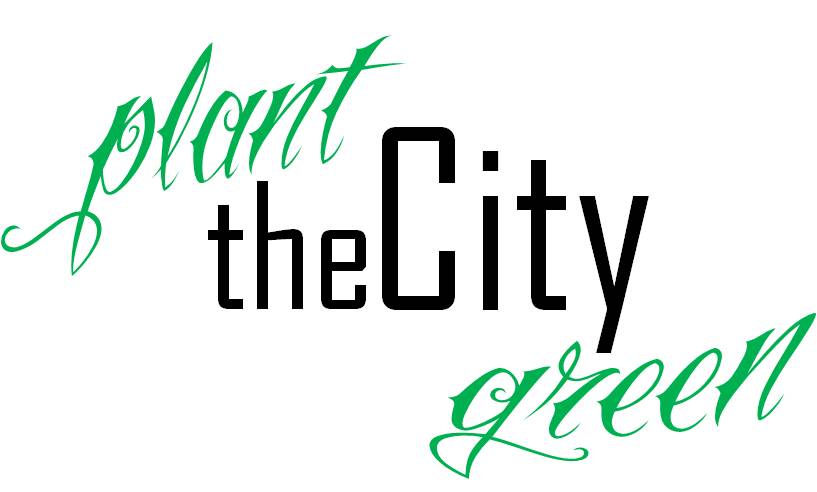It's been far too long since I posted photos of my balcony garden. This is my first full season trying to bring greenspace to the 10th floor of my building. Last year I had a half season, due to balcony renovations. I learned a lot in that half year. And I had ambitious plans for this season. I haven't planted as much as I wanted to plant this year, but what I have is doing quite well.
I visited the cottage on Canada Day and Dad bought me a hardy kiwi vine! I planted it in one of my large, square planters that has a water reservoir in the base. So far the vine loves it here. It's already reached out to latch on to the lime tree in the large blue planter, two planters away.
According to the card that came with the plant, the environmental conditions on my balcony are what this vine prefers. Apparently, it can grow 7.5 m to 9 m long. I think I am going to have to find it something other than the mini lime tree to climb on. I hope I get some mini kiwis!
As usual, the lime tree is in full production mode. This is the 5th time this thing has bloomed and produced many, many little limes. The flowers are pretty little white blossoms that have a very nice floral scent. I've seen many pollinators on this tree. The limes start off in little clusters.
Then most of the little limes fall away, and get everywhere, until one dominant lime takes over that area. Only five have grown to full size, but those 5 have been delicious limes.
I really need to brush the moon dust off the leaves of the lime tree because even though the tree has had a lot of new growth this season, the dust is blocking the sunlight and preventing it from growing to its full potential.
These chives can back from last years plants. And I grew the basil from a few springs that I had in the fridge! I am amazed at how well it has taken off.
The native harebell (
Campanula rotundifola) and pearly everlasting (
Anaphalis margaritacea) are doing well. Both came from our annual
NANPS plant sale in early May. I water them with that upside down wine bottle. These two always do well in containers on balconies and both have very pretty, long-lasting blooms that attract a lot of pollinators.
This year, I also decided to try growing a few other natives. Ontario's native cactus, which can be seen in the wild at Point Pelee National Park, just happens to love it here. I give it full sunshine and almost no water. Since it came here in May, it has produced 5 new incredibly spikey pads while essentially being ignored. This is
eastern prickly pear cactus (
Opuntia humifusa). I'll bring it inside this winter and hopefully it will bloom next year.
I've been reading about how to propagate this cactus. And I think that all I need to do is break off a pad, leave it sitting on the table, ignore it until it forms a callus over the scare where it was broken, and then stick it in the soil. I am actually wondering if that pad is going to get heavy enough that it will fall off and go through this process without my assistance. I assume that is what happens in nature, just the way one of my favourite garden succulents, hens and chickens, reproduce. More reading to do.
The
little blue-eyed grass has bloomed and gone to seed. It's flower was so pretty this year. I am letting the perfect little seeds dry out very thoroughly in their pod, then I will collect them and start some more plants indoors next February or March.
Little bluestem (
Schizachyrium scoparium). I would love to see this bloom and go to seed as well, but I think it needs a few seasons to develop. I had this in a container last year and left it out on the balcony over winter. It did not come back this spring. I think it was frozen through too long into the spring. This year I will have to see about insulating or storing the plants that I would like to come back next year.
And the wild ginger (
Asarum canadense), with it's lovely fuzzy heart-shaped leaves. I purchased this to try as an indoor plant. However, I couldn't keep it indoors while it was doing so well outdoors. I might take it to my office in the fall, though I doubt that it will want to stay leafed out over the winter. We'll see what happens.
There are a few other plants on the balcony. And a few other empty planters. I know that sounds crazy. I really want to plant the lettuce and radish, but I haven't gotten around to it. Which has been the story of my life the past few months. Maybe today since there is still time for a crop and it will take about 15 minutes to get this done.













